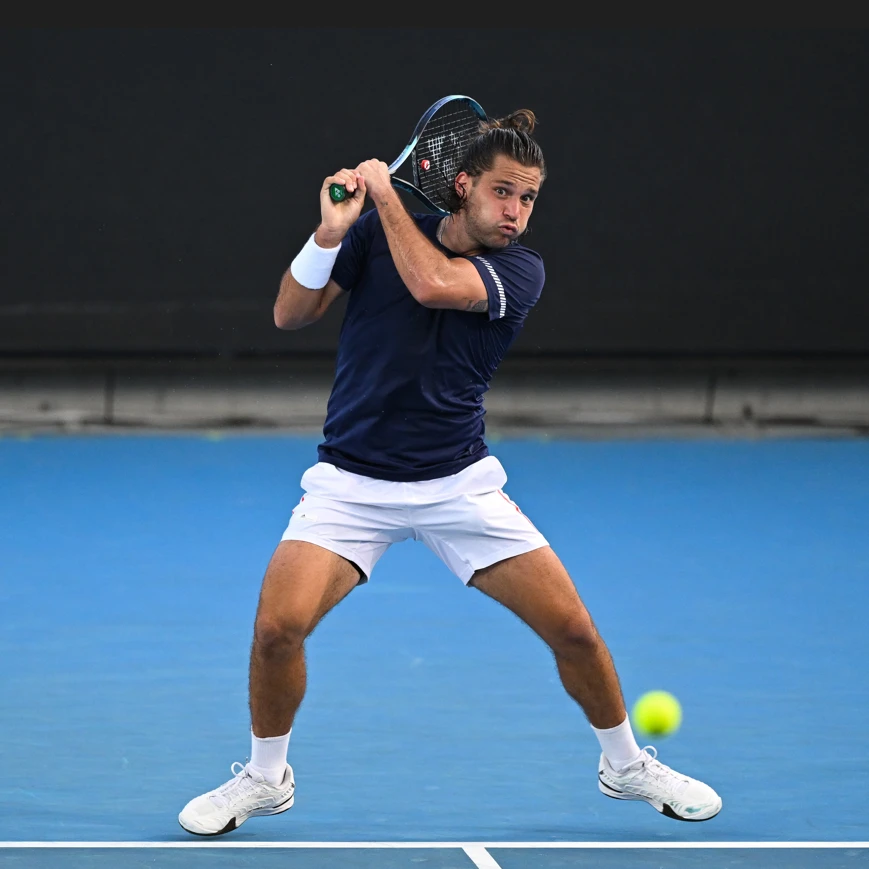One of those days occurs regularly on the tennis tours, with brutal contrasts in emotions for the players depending on outcomes.
In the second round of the 2023 Australian Open qualifying on Wednesday, two Canadians stood out as perfect examples of the extremes of competing in their sport.
For Katherine Sebov it was a straight-forward, one-hour and two-minutes on court for a no-fuss 6-2, 6-2 victory over Australian Priscilla Hon. At the other end of the spectrum was Carol Zhao, who got about as close to winning a match as is possible before losing in heart-breaking – heart-crushing may be more like it – fashion to Clara Burel of France by the score of 6-7(4), 6-4, 7-6 [10-2] in two hours and 43 minutes.

By all logic Zhao should have ended the match in an hour and 15 minutes when she led by a set and 4-0, with a point for 5-0. Burel, dispirited and downcast, seemed destined for defeat. There appeared to be no fight left in her and all Zhao seemingly had to do was keep the ball in play, get to 5-0 and she would have a spot in the final round of qualifying.
But despite the bedrock of her game being consistency, Zhao erred over the baseline with a regulation forehand in a rally. At the time it seemed like a harmless blip but Burel then broke serve, winning the game two points later. Improbably, she then ran off the next five games – it was partly her reviving and partly Zhao losing her edge – to level the match at a set apiece.
In hindsight, all Zhao probably had to do was keep the ball in play on that fateful game point and Burel would surely have been done like dinner.
The table was then set for a third set after an hour and 37 minutes. Zhao’s supporters in the small crowd on Court 17 had been oddly silent through her trough in the second half of the second set. They were re-energized in the third as she led 3-1 and then had a point for a 4-2. Burel, the more aggressive hitter on the day, unleashed a forehand winner to save break point and got to 3-3.
Both players held serve easily to 4-all, with the match on the brink of going into a new realm of wild unpredictability. Burel broke serve to 5-4 but followed it with nervy tennis serving for the match, allowing Zhao to break back to 5-all.
The most dramatic moment of the afternoon occurred in the following game on the second point at love-15 with Zhao serving. Burel hit an angled drop shot (one of many on the day) that the automated line-calling system (no lines-persons on court) called good. But Zhao was adamant in insisting it was wide. “I was running for it and saw the mark,” she said indicating it to umpire John Blom. “I can only do something (i.e. over-rule) if the system malfunctions,” Blom responded. “There’s no way I’m telling you if the mark is in or out.”
Zhao was apoplectic at this point and declared, “you’ve just screwed up the whole match. The mark was 1000 per cent out.”
Play resumed and Burel won the game three points later but then lost her serve again as Zhao wrapped up the 12th game with a clean forehand volley winner – somewhat neutralizing the effect of the controversial line call. So that meant a 10-point match tiebreak would decide the result of an epic encounter.
In it, Zhao led 2-1 with a mini-break when a point occurred that would set the tone for the rest of the contest. Burel hit deep and Zhao put up a high, loopy lob reply as she had frequently done during the match. But on this occasion Burel moved forward took the ball out of the air with a forehand swing volley, putting it away. It was a gutsy move at a hyper-tense moment and, incredibly, signalled the beginning of her nine points in a row run to finish the tiebreak 10-2.
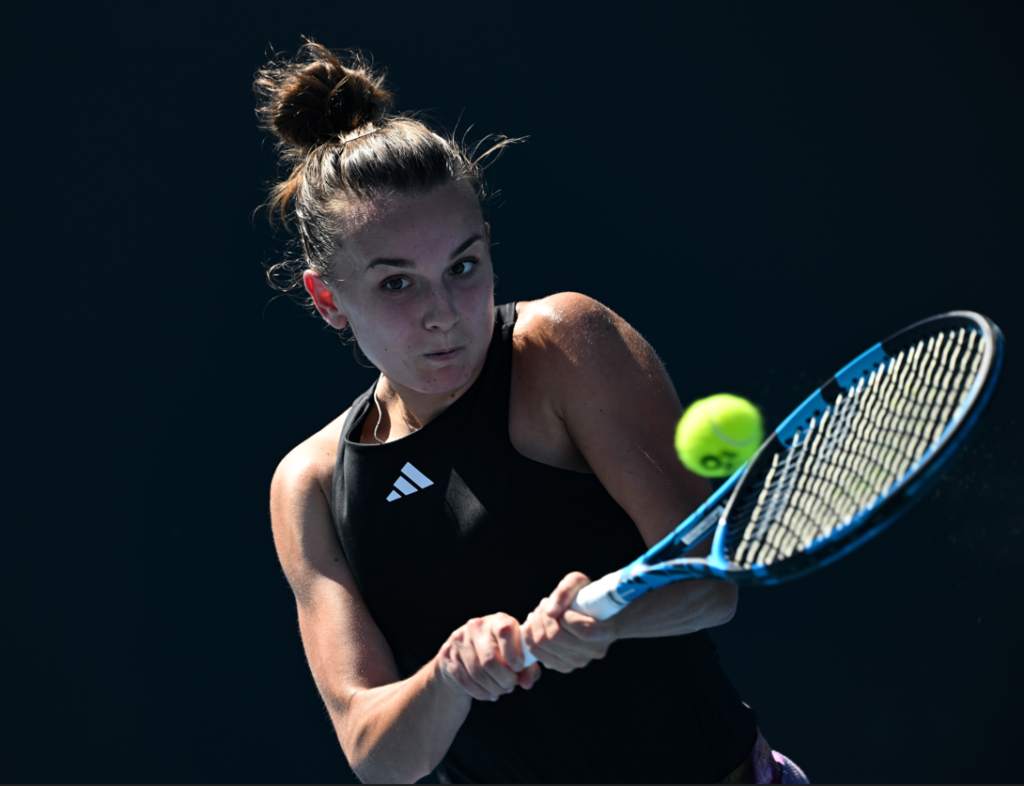
Burel, 21 and ranked No. 131, was the aggressor in most rallies, with Zhao responding with tenacious countering. It was an approach that could have won her the match but for a point or two at key moments.
Burel’s second serve was a powder puff all match and one of Zhao’s regrets would probably be, looking back, not attacking more from the get-go with her returns.
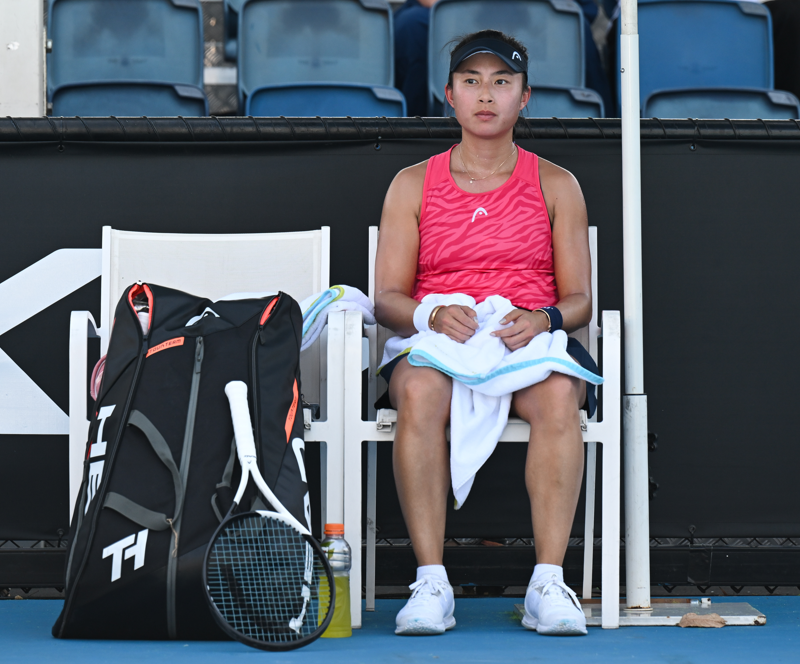
As is to be expected with such an lengthy and dramatic match, some of the final numbers were staggering – Burel hit 50 winners to go with 80 unforced errors, Zhao was 29 and 51.
It always seems – partly because of such as long voyage to get there (and back) for most players – that losing at the Australian Open is more devastating than at other Grand Slams. As noted earlier, heart-crushing is probably not too harsh a way to describe what Zhao went through on Court 17 on Wednesday.
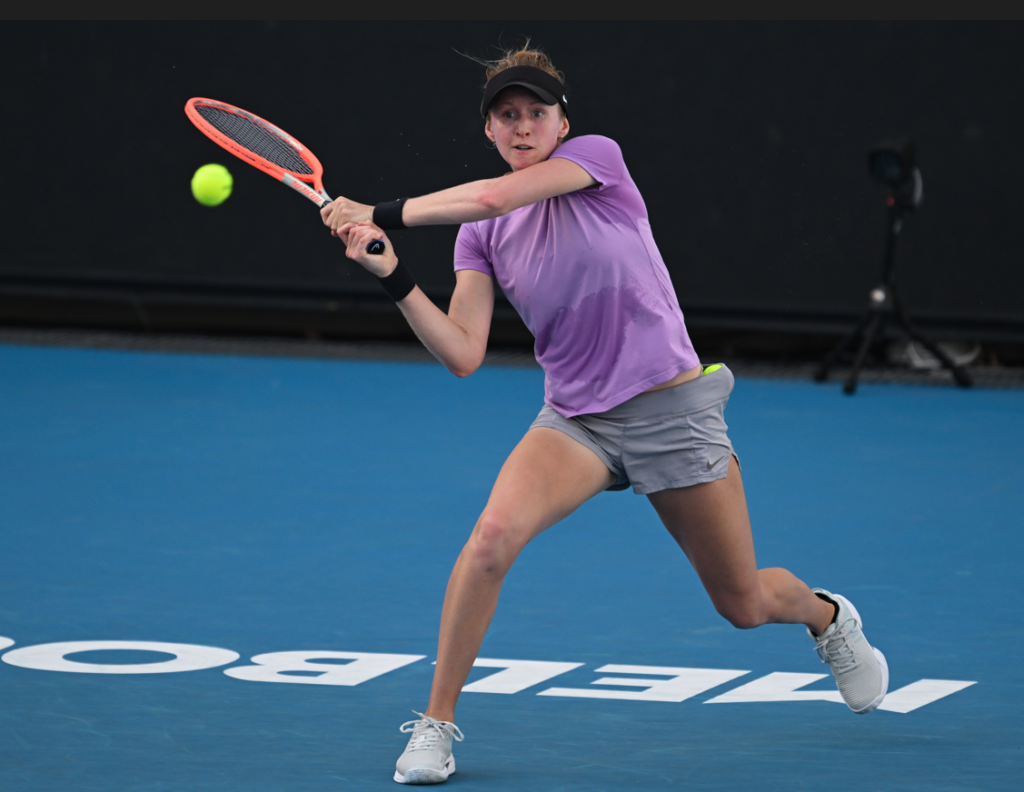
Sebov carried on from her upset of No. 56-ranked Linda Noskova on Tuesday, simply outclassing the No. 169-ranked Hon. The stats were startling for the match played on Court 3, the third largest stadium used in the qualifying. Sebov had 16 winners to just three for the No. 169-ranked Aussie. In terms of unforced errors, Sebov had 31 to 30 for her 24-year-old opponent.

The 24-year-old from Toronto will now play 22-year-old Simona Waltert for a spot in the main draw. There’s a lot at stake for Sebov and Walteri. Both have been on the fringes of the big events thus far in their careers. Making the main draw of a Grand Slam event for the first time would be a huge achievement – not to mention minimum prize money of $106,250 AUS ($72,500 USD) as well as major ranking points.
Sebov, ranked No. 191, will be back on Court 3 versus the No. 129-ranked Swiss – fourth match after a 10 a.m. start (6 p.m. Wednesday ET in Canada).
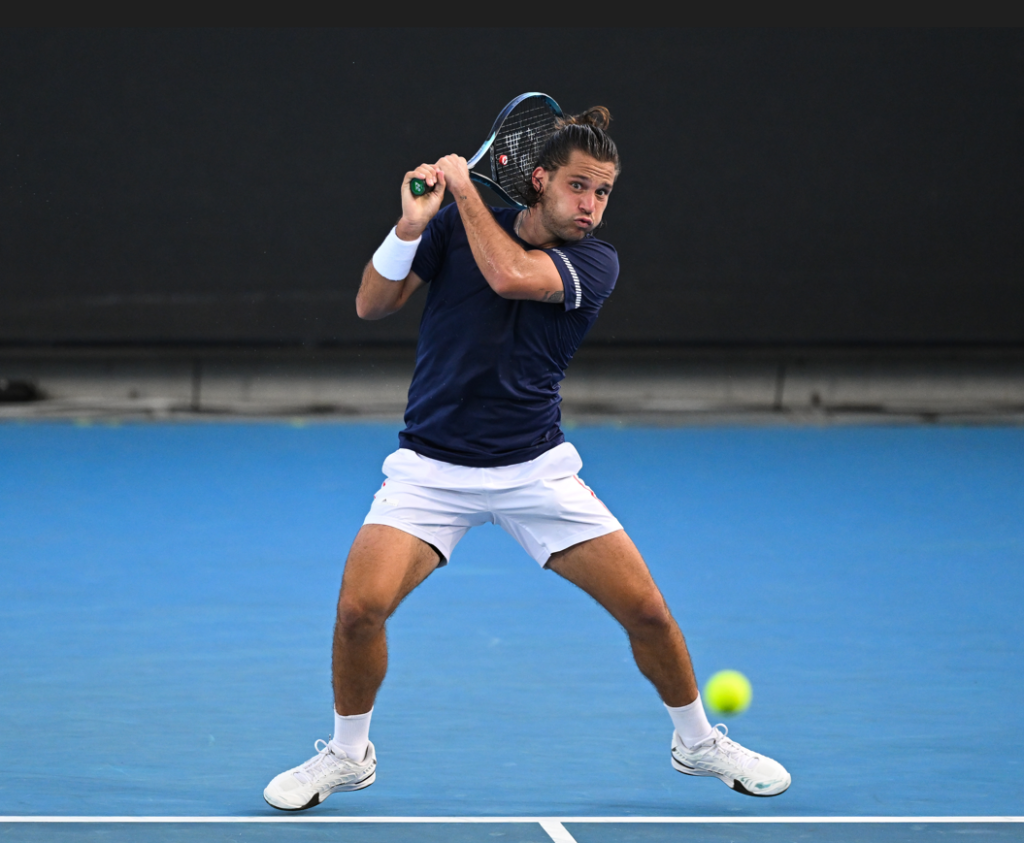
Things started out well Wednesday for Alexis Galarneau in his second-round match against Juan Pablo Varillas on 1573 Arena. It was a pleasant temperate evening with the birds chirping when the 23-year-old Canadian and the 27-year-old Peruvian faced off in a virtually empty stadium.
Galarneau needed five set points – one in the tenth game and four in the tiebreak, as well as having to save one set point in the breaker – before winning the opening set with a beautifully-struck backhand down-the-line winner on the ultimate point. He went to his courtside chair and smiled and shook his hand toward his team as if to imply that it had been a close one.
Big backhands down-the-line proved to be the beginning of his undoing when Varillas crushed three winners from that side in the fourth game of the second set to break Galarneau on his way eventually to taking it 6-3.
Galarneau took a six-minute break at the end of the second set to change his outfit and when he returned Varillas immediately broke serve and managed to hold the rest of the way for a 6-7(8), 6-3, 6-4 victory.
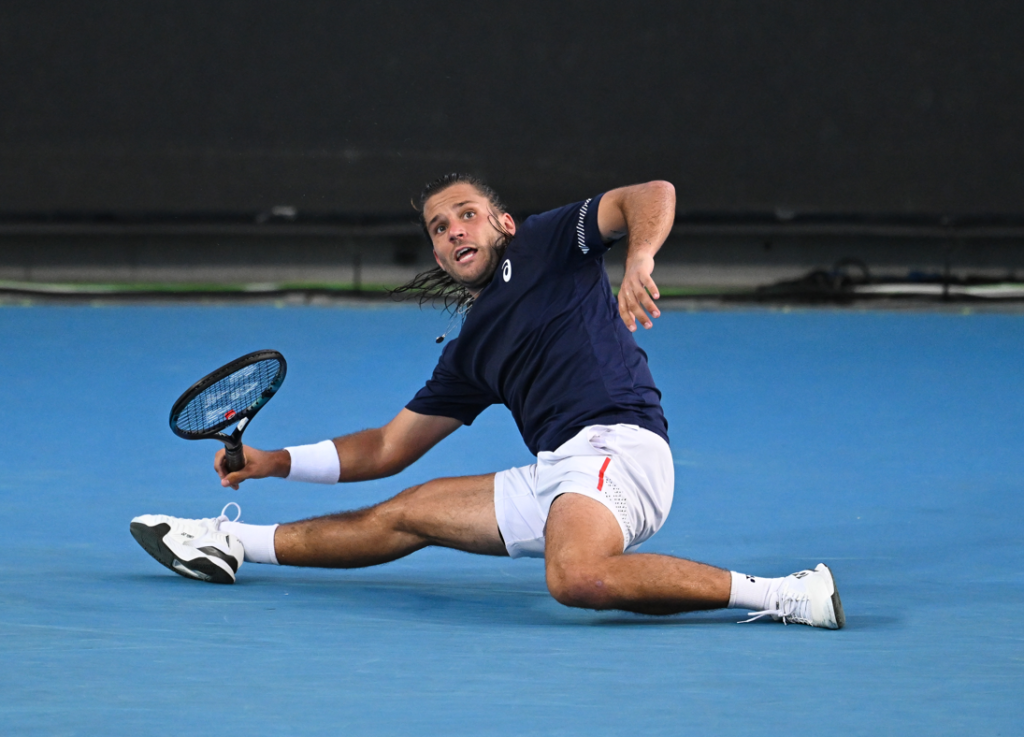
There was bravado during tense stages in the match with Galarneau punctuating his good shots with loud cries of “allez” while Varillas countered with “vamos.”
In the stands Galarneau’s good friend Félix Auger-Aliassime watched the entire match and probably had the same assessment of the outcome as many others. Starting in the second set Varillas was the better player, playing aggressively but making fewer errors from the baseline and serving better consistently. Galarneau was 0/1 in break-point chances.
It was a tough loss for the Laval, Que. native, as he continues his quest to reach his first Grand Slam event main draw.
NOTE: Thursday’s blog will have analysis of the women’s and men’s singles main draws from the Canadian perspective.
FEATURE PHOTO: Paddlers on the Yarra River with the roofs of Rod Laver Arena and Margaret Court Arena in the far background.



